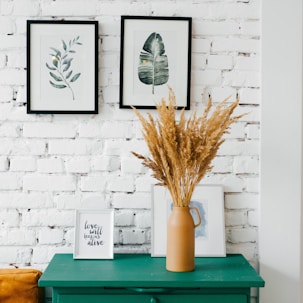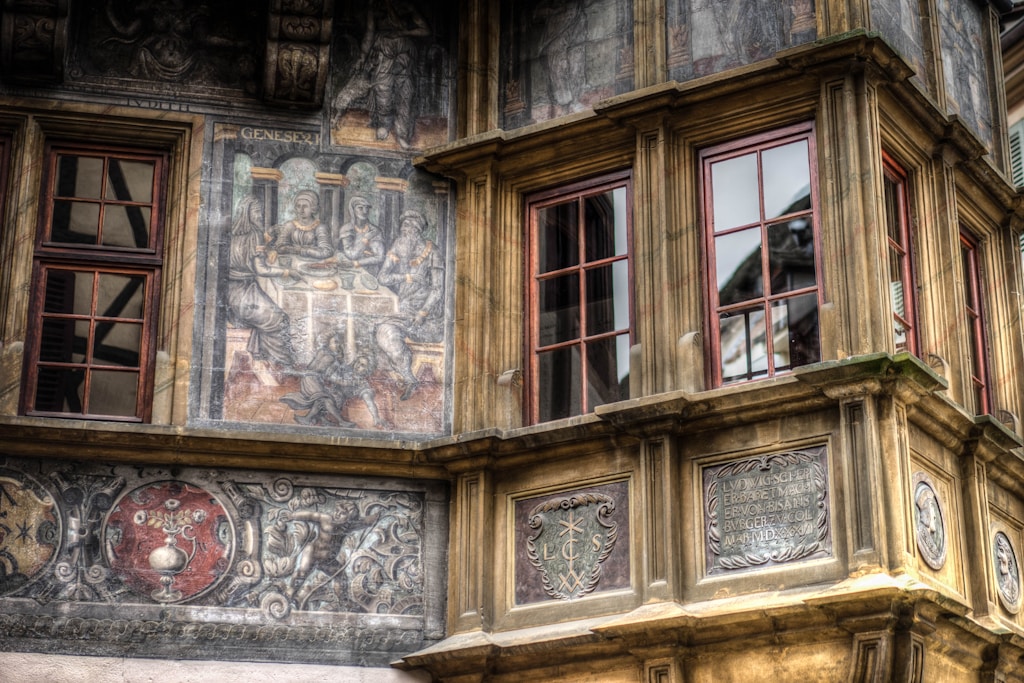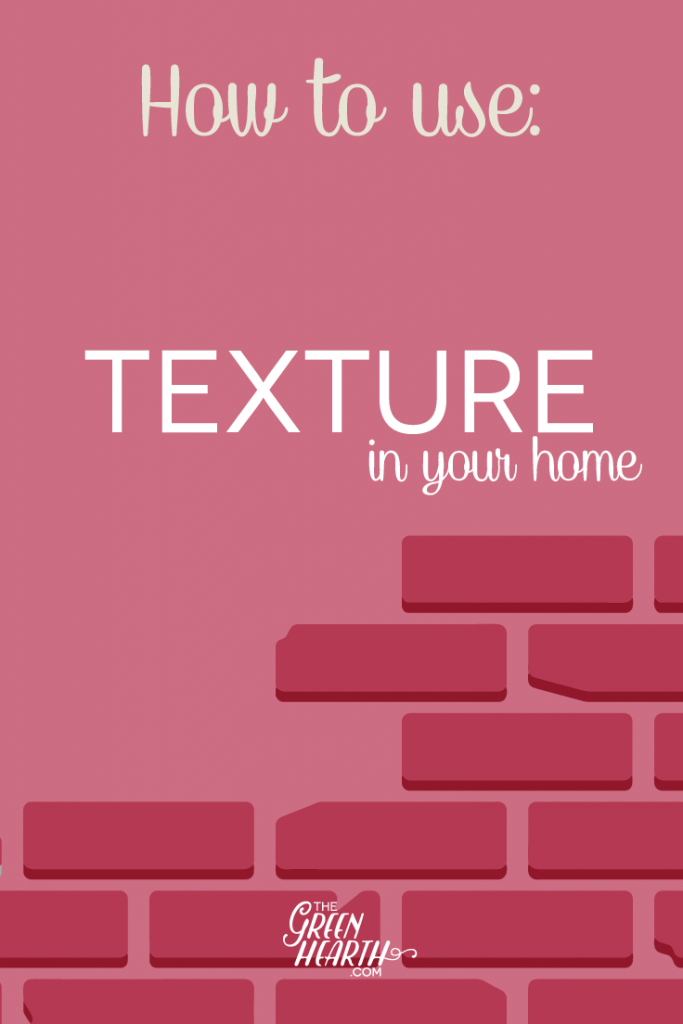It’s one thing to see how the different elements of design can impact the spaces within your home, but it’s another to experience is from a more tactile level.
“the way that something feels when you touch it”
— Texture. (n.d.). Retrieved January 10, 2016, from http://www.merriam-webster.com/dictionary/texture

Actual texture vs. Visual texture
Actual texture is something that can be perceived by touch. The brick wall to the right is a great example is that the texture we are perceiving is something we can also feel directly.
Actual texture is easy to implement in your home. Think of places like the living room where the stitching on your sofa or the shag of your rug may provide different levels as you run your hand across it. Textures could be a series of repetitive patterns, like in the case of a brick wall, or, it could feel somewhat randomized, like the texture on many walls in the southwestern states.
Visual Texture is what you might interpret as having a texture, but, there isn’t a physical one to correspond with it. In the example to the left, the wallcovering you see appears to have some depth, perhaps it could give you the sensations of a rough raffia feeling or reeds that had been tied together. However, in reality, when you move your hands over it, it is entirely smooth.
So, if you could have the ability to add physical, or actual, texture to your home, why would consider not to?
Think about the space you are looking to add some texture. Lets use a bathroom, for instance, where we would want an accent tile with a lot of texture inside the niche withing our shower. Of, we were to find a tile with extenuation nooks and crannies to get a full depth effect, we could run the risk of bacteria growth. Same thing with a wall covering with a heavy texture, or absorptive qualities, if any food or wine were to spill on it, the clean-ability could be hindered by the extent of the texture.
Another great example of visual texture is through the use of trompe l’oeil, having things painted to appear as if they are 3-dimensional. We can recognize a lot of this from our history books, but, there are some really great products out there now that have this effect.

TEXTURE TIPS
- Texture is affected by other nearby textures depending on scale
- Texture can change depending on your viewing distance (a furry pillow a couch, vs. popcorn ceiling [uck!])
- Light can enhance the amount of texture (which can be a positive or a negative)

I WANT TO HEAR FROM YOU!
- What other textures do you like to use in your home?
- What textures do you like to stay away from? Why?

